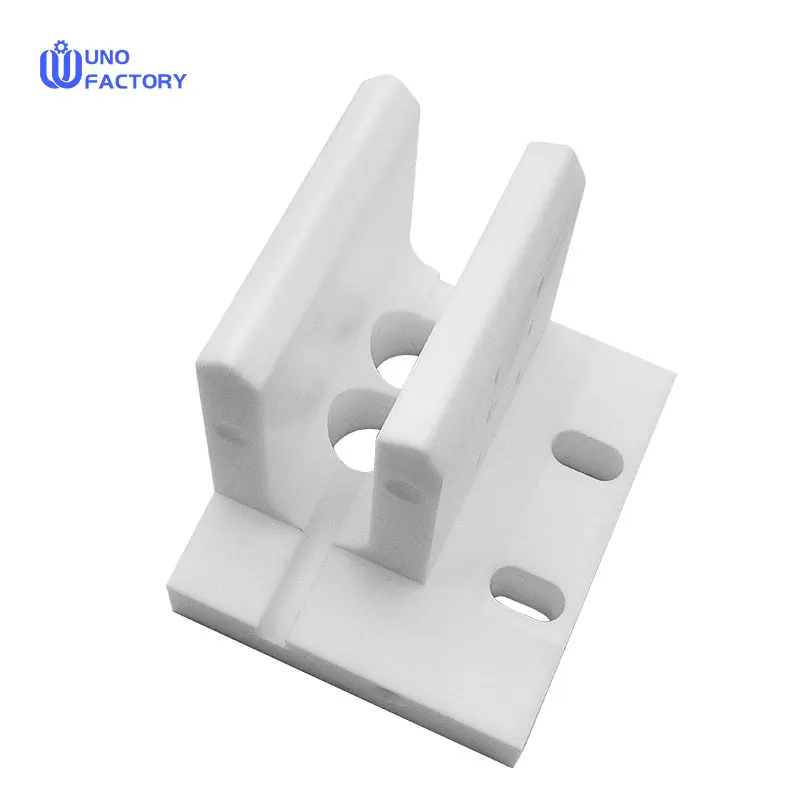Time to read: 6 min

In the realm of 3D printing, selecting the optimal wall thickness is crucial for achieving prints with desired strength, functionality, and aesthetic appeal. This guide delves into the factors influencing wall thickness, the importance of getting it right, and how it impacts your 3D printer enclosure size.
Achieving high-quality 3D prints depends on various factors, one of which is the correct wall thickness. Also known as the shell, wall thickness plays a vital role in supporting the structural integrity of your 3D print models. This article will guide you through understanding the ideal wall thickness for various 3D printing applications and materials.
Basic Information About Wall Thickness for 3D Printing
To ensure the best results in your 3D prints, consider the minimum, maximum, and recommended wall thickness for your specific 3D printer enclosure size and project requirements.
Minimum Wall Thickness of 3D Printing
The minimum wall thickness is essential to maintain the functionality and strength of your 3D printed parts. It varies depending on the material used and the specific requirements of your 3D printer enclosure size.
Common Materials and their Minimum Wall Thickness
- ABS – 1.5mm
- PLA – 0.8mm
- Nylon – 0.8mm
- TPU – 1.5mm
Maximum Wall Thickness of 3D Printing
Exceeding the maximum wall thickness can lead to issues such as internal stress, cracking, or breaking. It's crucial to consider the 3D printer enclosure size and the material's properties to avoid such problems.
Recommended Wall Thickness of 3D Printing
The recommended wall thickness varies based on the material's flexibility and rigidity. For instance, flexible materials like TPU require a minimum wall thickness of 2.0mm, while more rigid materials such as PLA and ABS can have a minimum of 1.5mm.
The Importance of Optimizing Wall Thickness
Optimizing the wall thickness for your 3D prints is essential for several reasons:
Reduces Internal Stress
By reducing internal stress, you minimize the chances of warping or other defects, ensuring a successful print.
Conserves Materials
Optimizing wall thickness conserves materials, reducing the cost of printing and making the process more sustainable.
Improves Productivity
Efficient use of materials and reduced print times contribute to higher productivity, making wall thickness optimization a crucial aspect of 3D printing.
How to Pick the Best Wall Thickness
Selecting the best wall thickness involves considering several factors, including the purpose of the printed parts, the filament material, the scale of the model, and the need for support structures.
Consider the Purpose of Printed Parts
The intended use of your 3D printed parts will guide your choice of wall thickness. For high-strength applications, a thicker wall may be necessary, while thinner walls can be used for flexible parts or those not requiring significant structural integrity.
Consider Filament Materials
Different filament materials have different optimal wall thicknesses. For example, flexible materials like TPU benefit from a thicker wall, while rigid materials like PLA and ABS can work with a thinner one.
Set Suitable Scale of the Model
The scale of your 3D model affects the feasibility of your chosen wall thickness. Small-scale models may require thinner walls, while larger models can accommodate thicker ones without compromising on detail or functionality.
Keep Support Structures in Mind
Support structures are essential for overhangs and other features that require additional strength. However, they also consume more material, so it's essential to balance the need for support with material efficiency.
Common Wall Thickness Issues
Choosing the incorrect wall thickness can lead to several issues, such as loss of details when scaling, warping, and curling. To avoid these problems, always consider the recommended wall thickness for your specific materials and application.
Conclusion
Understanding and optimizing wall thickness for your 3D prints is crucial for achieving the desired strength, functionality, and aesthetic appeal. By considering the purpose of your printed parts, the material properties, and the specific requirements of your 3D printer enclosure size, you can ensure successful prints every time.
Unofactory 3D Printing Services
At Unofactory, our team of experts is well-versed in 3D printing and can advise you on the best practices for wall thickness and other critical aspects of your 3D printing projects. We offer a wide range of 3D printing services and provide instant quoting and automated Design for Manufacturability (DFM) analysis to ensure your projects meet the highest quality standards.
For all your 3D printing needs, trust Unofactory to deliver precision, quality, and reliability.
FAQs
What is the recommended wall thickness for common 3D printing materials?
For rigid materials like PLA, ABS, and Nylon, a minimum wall thickness of 1.5mm is recommended. For flexible materials like TPU, a minimum of 2.0mm is advised.
How does wall thickness affect print strength?
The strength of a 3D print is directly related to its wall thickness. Thicker walls provide more strength and rigidity, while thinner walls offer flexibility. However, there is a balance to strike between strength and material efficiency.




